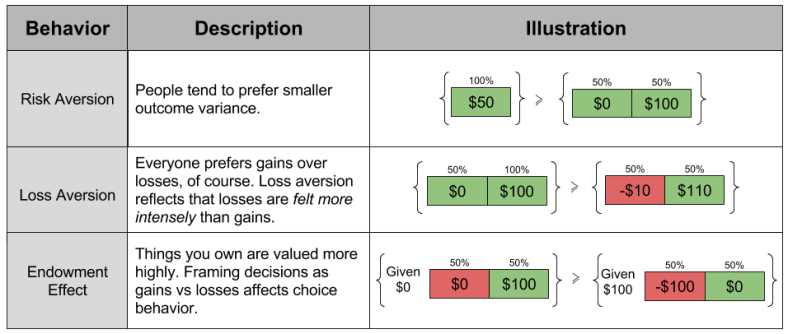What is Prospect Theory?
Prospect Theory is a behavioral economic theory that seeks to explain how people make decisions under conditions of uncertainty. Developed by Daniel Kahneman and Amos Tversky in 1979, Prospect Theory challenges traditional economic models that assume individuals always make rational decisions based on maximizing utility.
The theory posits that individuals evaluate potential gains and losses relative to a reference point, which is typically their current state or a previous outcome. This reference point serves as a baseline for assessing the value of different options. Prospect Theory suggests that people are more sensitive to losses than gains, meaning they feel the pain of losing more intensely than the pleasure of gaining.
Applying Prospect Theory in Real-Life Examples

Prospect theory, a concept developed by psychologists Daniel Kahneman and Amos Tversky, has found numerous applications in various fields, including economics, finance, marketing, and decision-making. This theory provides valuable insights into how individuals make choices and decisions under conditions of uncertainty.
Another example of applying prospect theory is in the realm of marketing. Companies can use the principles of prospect theory to design effective advertising campaigns. By emphasizing the potential gains and benefits of their products or services, companies can tap into customers’ desire for positive outcomes and increase the likelihood of a purchase. Additionally, framing the pricing and discounts in a way that highlights potential losses if the customer doesn’t take advantage of the offer can also be an effective marketing strategy.
Prospect theory can also be applied in the field of public policy. Governments can use the insights from this theory to design policies that encourage desired behaviors. For example, by framing tax incentives as potential gains rather than penalties for non-compliance, governments can increase compliance rates. Similarly, by highlighting the potential losses associated with unhealthy behaviors, such as smoking or excessive drinking, public health campaigns can be more effective in promoting healthier choices.

Emily Bibb simplifies finance through bestselling books and articles, bridging complex concepts for everyday understanding. Engaging audiences via social media, she shares insights for financial success. Active in seminars and philanthropy, Bibb aims to create a more financially informed society, driven by her passion for empowering others.
